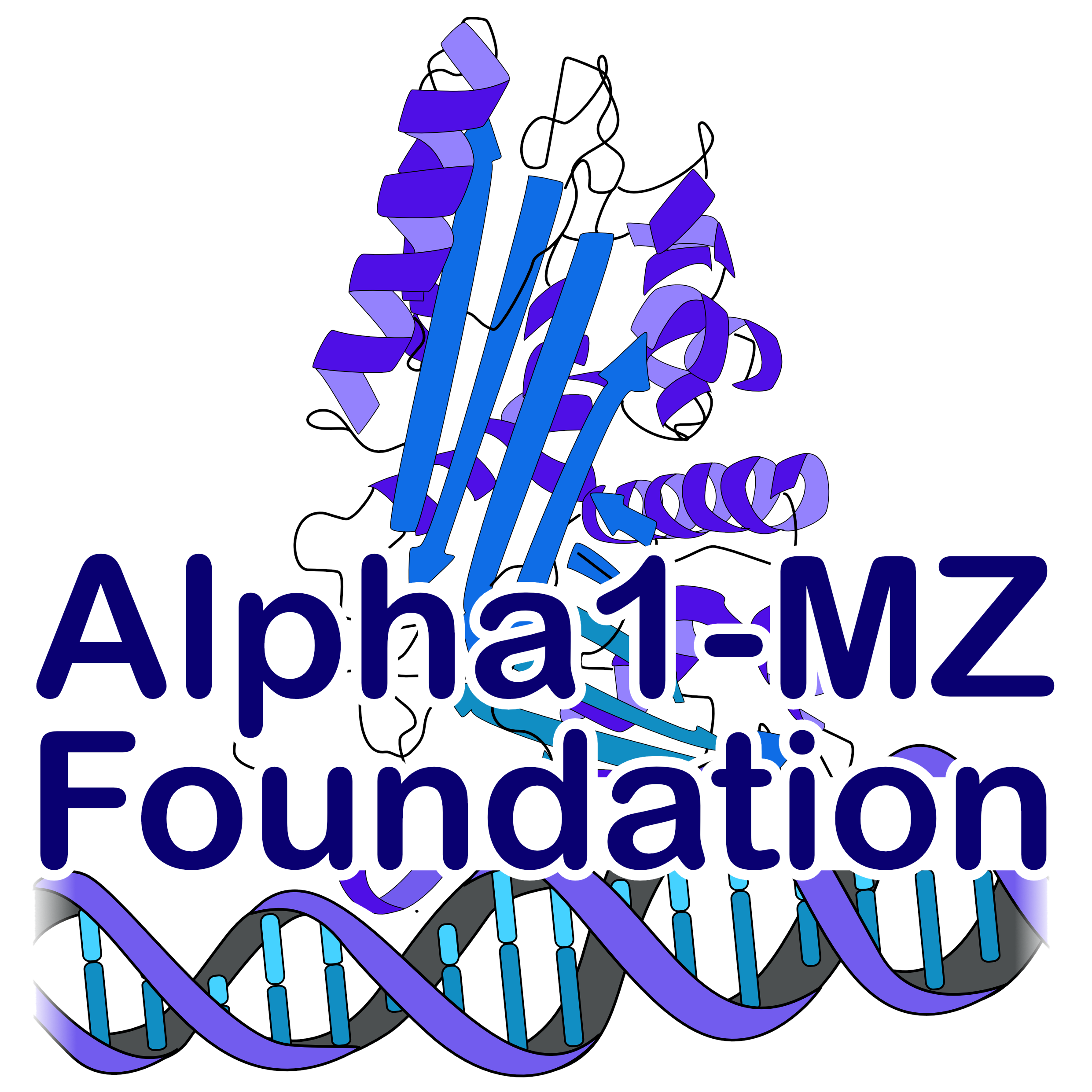
In this section, we provide more information about the effect of alpha-1 antitrypsin deficiency genotype MZ on pregnancy.
Biliary tract
Note: When you haven’t read about the implications of Alpha1 MZ on the biliary tract, please click here.
First of all, cholestasis (reduced bile flow) during pregnancy is common, and patients with cholestasis can experience complications, such as obstructive jaundice, cholangitis (inflammation of the bile duct system), and pancreatitis (inflammation of the pancreas).
Click here for the video about ICP, in which Dr. Laura Bonebrake, OB/gynaecologist, gives a brief overview of intrahepatic cholestasis of pregnancy.
In a paper about this specific subject, we found that Alpha-1 heterogenous patients have a higher probability to develop biliary tract issues like cholestasis during pregnancy, which comes down to approximately 1 in 15 individuals.
The conclusion of this paper is:
“The Z carrier frequency was calculated to be 6.8%, which is much higher compared to the general population, 2.3%”.
This same paper also states that the group size for their study is small with about 100 persons. However, looking at statistical data from the UK Biobank, we notice that biliary tract issues in Alpha1 MZ individuals are considerable more frequent compared to the general population. Since we know that biliary tract issues have a high prevalence in Alpha-1 MZ individuals, we recommend to take good care of your liver, before and during your pregnancy.
Please discuss this issue with your physician, and try to offload your liver as much as possible to keep it in good health. Remember: the regeneration of the liver takes about a year, so start as early as possible to get your liver in excellent condition before your pregnancy!
Click here to read the paper online.
Click here to download this paper as a PDF file.
Other Alpha-1 pregnancy issues
According to a study in Denmark, among a large population of ~2 million persons (559 cases) there is a higher prevalence of pregnancy issues amongst persons with an alpha-1 deficiency. No details on the genotype are given. However, doing a rough calculation, we see a prevalence of ~5%, which fits the prevalence of MZ’s.
Outcome of the study:
Preeclampsia; risk ratio = 2.64.
AATD was related to term low birth weight <2,500g; risk ratio = 2.04.
Lowest quartile of abdominal circumference at birth in children; risk ratio = 1.55
Delivery via Cesarean section; risk ratio = 1.59
Preterm birth; risk ratio = 1.54
Click here to read this paper.
